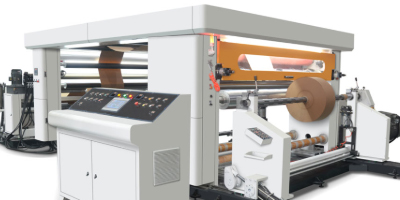In the world of e-commerce and shipping, creating a proper shipping label is a crucial step. A well-made shipping label ensures that your package reaches its destination smoothly and without any hiccups. Here's a step-by-step guide on how to make a shipping label.

First, you need to gather all the necessary information. This includes the recipient's name, address, city, state, postal code, and country. Make sure the information is accurate and complete to avoid any delivery issues. You also need to know the weight and dimensions of the package, as this will affect the shipping cost and the type of shipping service you can use.
Next, choose the shipping carrier that suits your needs. Different carriers offer various services and rates. Popular carriers include FedEx, UPS, and the United States Postal Service. Once you've selected the carrier, you can usually access their online shipping platform or use their dedicated shipping software.
On the shipping platform, enter all the details about the sender (usually you) and the recipient. Then, input the weight and dimensions of the package. The system will calculate the shipping cost based on these factors and the selected service.
Now, it's time to design the label. You can usually customize the label with your company logo or other relevant information. However, make sure not to overcrowd the label, as it needs to be easily scannable. The label should include the recipient's address, the return address, and a barcode that the carrier uses to track the package.
After finalizing the design, print the label on an appropriate label paper. This is where the quality of the paper matters.
A: A Paper Slitting Rewinding Machine is a vital part of the label paper manufacturing process. It starts with large rolls of paper that are fed into the machine. The machine then precisely slits the wide roll of paper into narrower widths suitable for label printing. This ensures that the label paper is of the correct width for various printers and label applications. After slitting, the machine rewinds the paper into smaller, more manageable rolls. The accuracy of the slitting and the quality of the rewinding are crucial. If the slitting is not precise, the label paper may not feed correctly into printers, leading to misprints or jams. The rewinding process also needs to be done carefully to ensure the paper is wound evenly and without wrinkles or creases, which could affect the print quality and the performance of the label in shipping and handling.
Once you have printed the label, carefully peel it off the backing paper and attach it to the package. Make sure it is firmly adhered and visible.
In conclusion, making a shipping label involves several important steps, from gathering information to choosing the right carrier and designing and printing the label. And understanding the role of equipment like the Paper Slitting Rewinding Machine in the production of label paper gives us a better appreciation of the overall process and the importance of quality materials in ensuring successful shipping.

GET A QUOTE